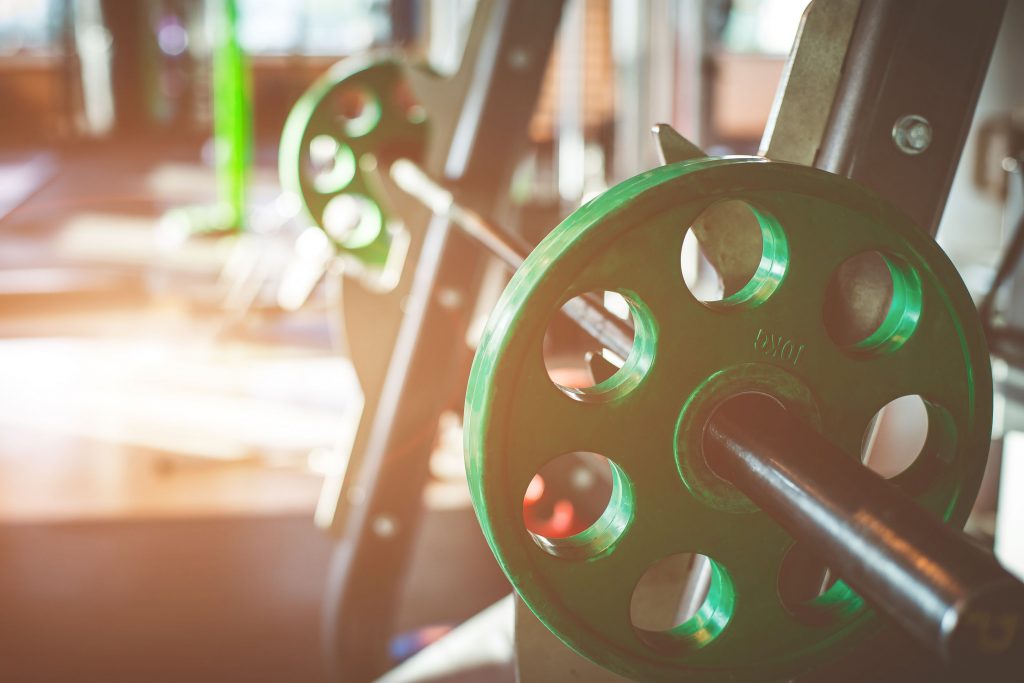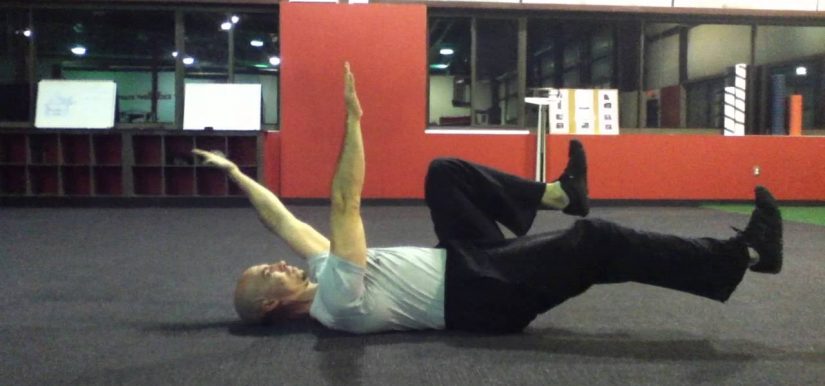There was a time in my training career when I despised front squats. I hated them in fact. They never felt good.

But when does any form of squatting feel “good?”
I mean, that’s the last adjective I’d use to describe them. A back massage feels good. Hitting a walk-off home-run feels good. Hell, I’d argue getting kicked in the balls feels good compared to a heavy set of front squats.
The set-up is kinda wonky and you’re always at the risk of suffocating yourself – not the greatest feeling in the world when you’re trying to lift heavy things. Then there’s that annoying part where the barbell inevitably starts to roll off the shoulders.
Each repetition is a battle against gravity (and patience).
It sucks.
The front squat JUST SUCKS.
That said, I’d be remiss to ignore the front squat is still a staple exercise I prefer to incorporate myself and something I have most of my clients perform as well.
Why?
- They’re joint friendly – almost always a better option for those with a history of lower back and knee pain.
- They allow most people to attain a deeper depth.
- They’re (arguably) easier to perform compared to back squats. They allow a more upright torso (which plays into the deeper depth thing), and for anyone who lacks the requisite upper back and/or shoulder mobility (abduction/external rotation, T-spine extension) front squats are a superb option.
- They help build a monster set of legs, help bulletproof the core, and turn your back into the size of Rhode Island.
I’d go into more of the particulars but 1) I’m lazy and 2) my good buddy, Eric Bach, already did and wrote an excellent article on the front squat HERE that I could’t possibly top.
Go read it, seriously.
Anyways, as much as I tend to belly-ache about how much the front squat makes me want to slam my face into a brick wall, I do prefer performing them over back squats.
Mainly because, and I can’t believe I’m about to say this…
I’m 40 now, not 25.
It’s not lost on me that my 25 year old self would Sparta kick my 40 year old self in the pancreas for uttering the “I’m 40 now” line.1
However, while I don’t expect my N=1 anecdote to reflect everyone else’s experience, if I were a betting man I’d put everything on black that a vast majority of people reading feel the same way.
Stuff just feels different at 40 compared to 25.
Relax internet, I still back squat.
But not as much as I used to, and not nearly as heavy. If I were to be honest, I back squat juuuuuuust enough to maintain a decent enough number in addition to having enough of a carry over to my deadlift. After that I don’t give a shit.
I’m not a powerlifter, so who cares?
Besides I DO feel I get more out of the front squat (see reasons above), and more importantly it just feels better and doesn’t beat me up as much. And while I’m not winning any internet dick measuring contests by posting this, I have worked up to a 300+ lb front squat which is nothing to sneeze at.
My 2 Favorite Front Squat Cues
The biggest issues I find with most trainees with regards to the front squat is bar placement on the shoulders and the fact the bar has a tendency to roll off the shoulders. Both are annoying, but both have a simple solution.
Check out this video below – it’s short – to find out my two “go to” cues for cleaning up front squat technique. I hope it helps.
NOTE: T-shirt game is on point.











